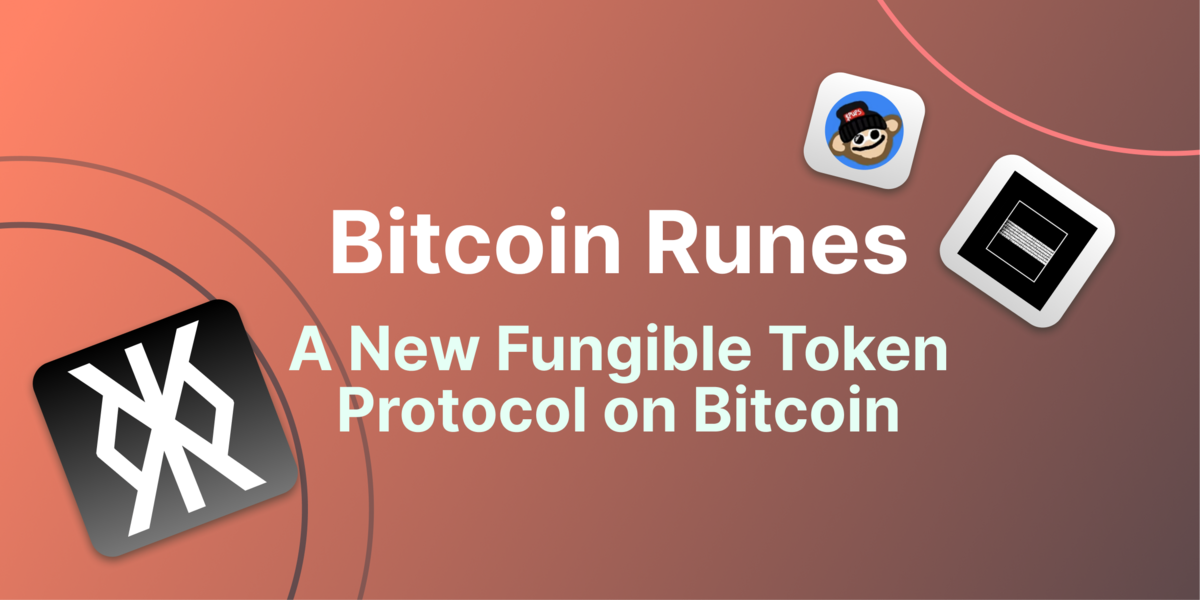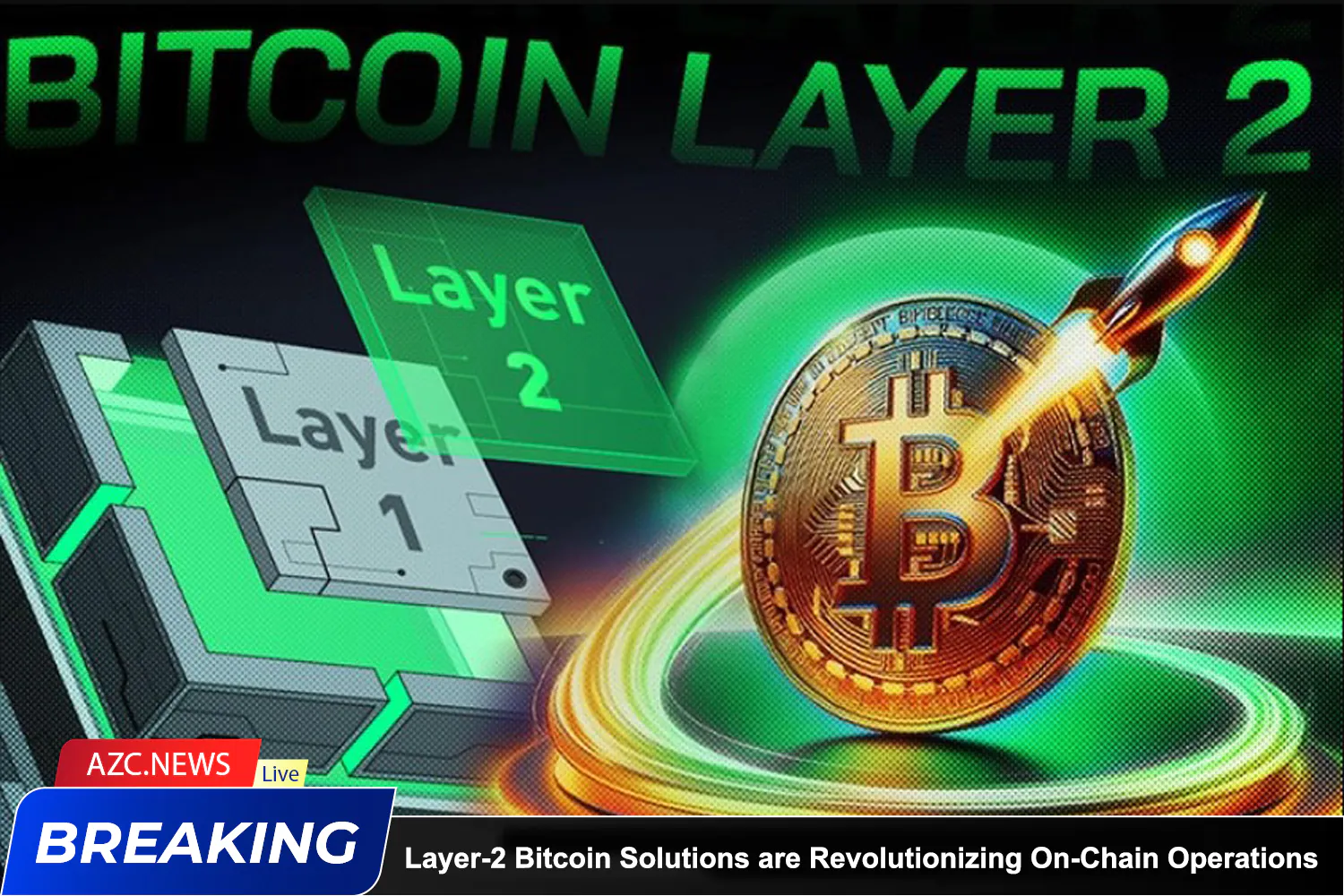Transforming Bitcoin with Layer 2 Networks
Similar to the Ethereum blockchain, Bitcoin’s implementation of Layer 2 networks addresses scalability issues that have long hindered its growth. Among these, the Lightning Network stands out for its ability to facilitate instant Bitcoin transactions through off-chain micro-payment channels, thereby alleviating the load on the main blockchain. Separately, the Stacks network has pioneered smart contract DApps on Bitcoin via the Proof of Transfer (PoX) consensus mechanism. Currently, Bitcoin’s Layer 2 networks boast a market capitalization of $2.4 billion, led by STX.
Innovative Bridgeless Networks
Bridgeless networks aim to integrate Bitcoin with other blockchain ecosystems without relying on traditional bridging solutions. A notable example is Zeus Network, which uses Solana’s Virtual Machine to seamlessly transfer Bitcoin into Solana’s DeFi ecosystem. This protocol introduces ZPL Assets, facilitating the movement of Bitcoin, Ordinals, and Runes across platforms, as demonstrated by the success of the APOLLO testnet.

Bitcoin Ordinals: A New Era of Digital Collectibles
Ordinal practices have carved out a significant niche within the Bitcoin blockchain by leveraging ordinal theory, which assigns unique identifiers to individual satoshis. This allows each satoshi to store data such as images or text, driving the development of ordinal NFTs. Despite criticism over increased on-chain fees and blockchain space consumption, institutions are expanding Bitcoin’s utility in the digital collectibles market.
Runes Protocol: Efficient Token Issuance
The Runes Protocol offers an advanced alternative to the BRC20 standard, allowing developers to issue fungible tokens on the Bitcoin blockchain more efficiently. By utilizing Bitcoin’s Unspent Transaction Output (UTXO) model, Runes minimizes space requirements and has gained significant traction, boasting over 6 million wallet users and collecting 2,500 BTC in fees.
Conclusion
Bitcoin’s growth trajectory is evident as its ecosystem expands beyond traditional financial transactions. The increasing interest in Layer 2 solutions, bridgeless networks, ordinals, and runes highlights the evolving utility of the blockchain. These developments are likely to attract continued attention from developers, investors, and the broader cryptocurrency community, signaling a promising future for the Bitcoin blockchain.






